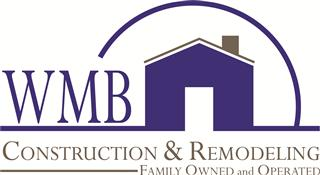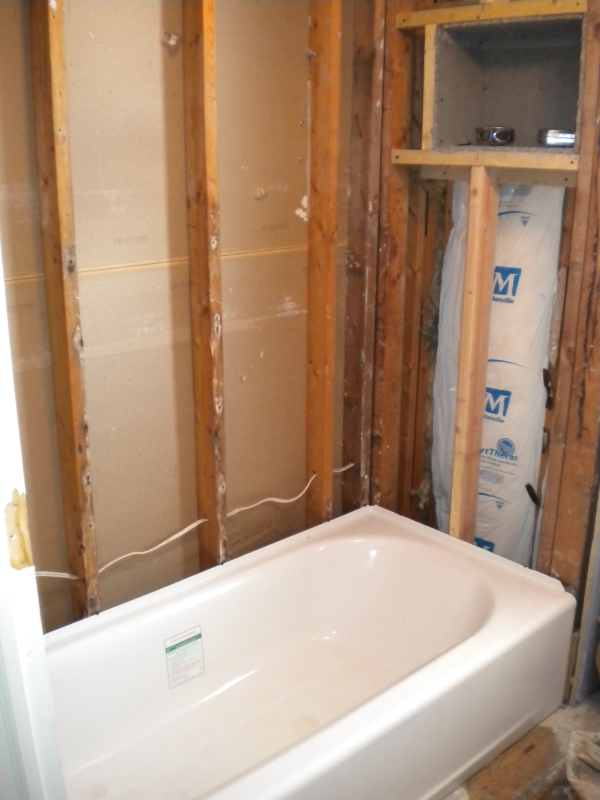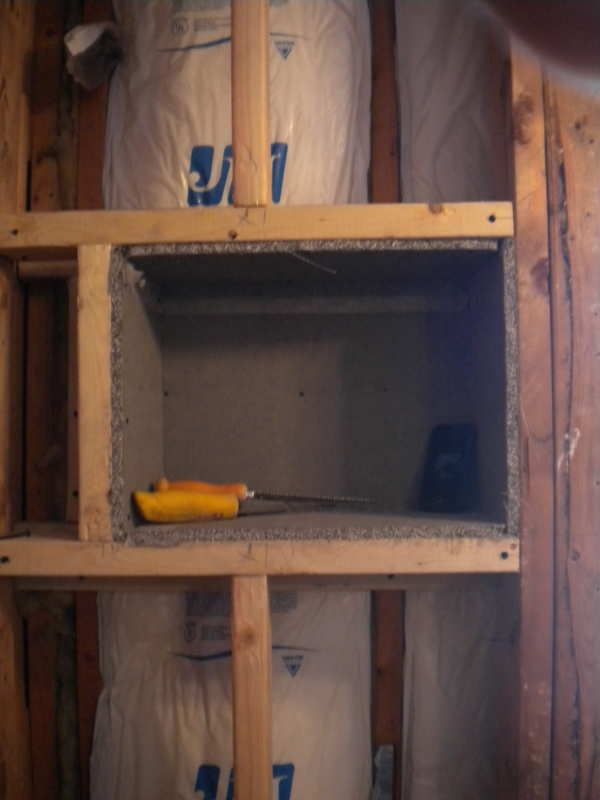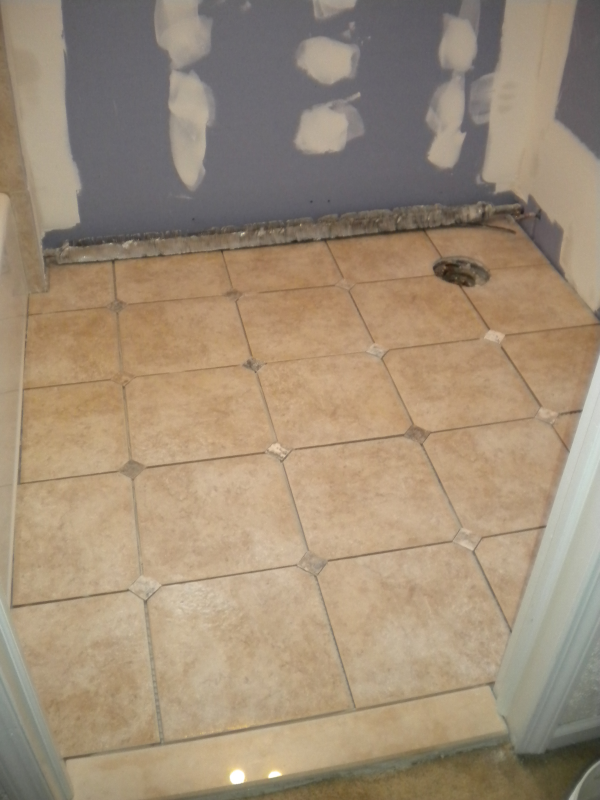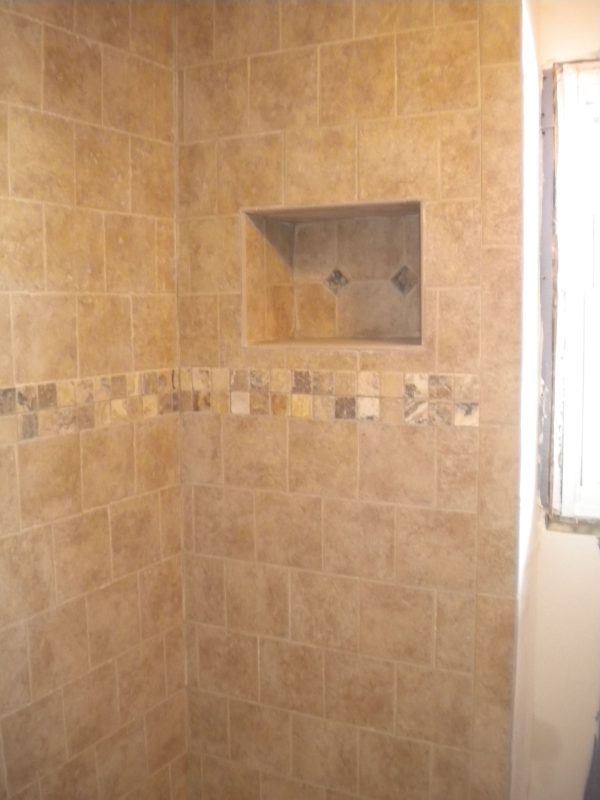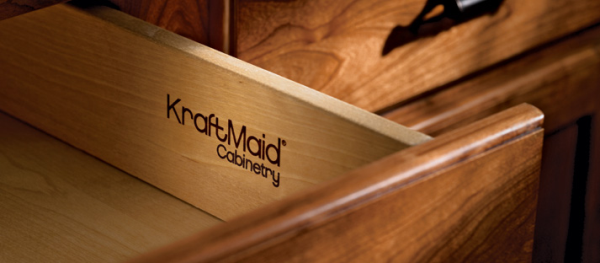WHAT TO KNOW ABOUT YOUR
HOMES DRAINAGE SYSTEMS
Every home across the country have footing drain systems that are located outside the home at the base of your homes exterior footing. Rain, melting snow and rising groundwater all lead to more moisture being stored in the soils that surround your homes foundation which can lead to more moisture being stored in the soils. If your drainage system isn't working properly and failing you run the risk of costly foundation problems and extensive water damage. As groundwater rises the hydrostatic pressure increases putting great strain on your foundations integrity. Hydrostatic pressure is the force created by standing or resting water. It is the constant force that water exerts on your basements walls. While hydrostatic pressure can come from runoff down a hill, most of the time, it comes from saturated soil around your homes foundation. Hydrostatic pressure may also appear in cracks in your basements floor as water tables rise especially after a winter of heavy snows followed by spring rains. There are a few main components to a dry basement that can be used together in coordination to maintain water infiltration.
7 Main components used when creating a dry basement and property:
- Footing drains around the entire perimeter of home
- Curtain drains may be installed on property to alleviate water before the home
- Sump pumps preferably at the lowest side of your basements floor
- French drains cut inside your foundation wall where meets the floor and drains to a sump pump system
- Swales created to catch water before reaching your home
- Extension of gutter downspouts away from you home
- Installation of a dry well for excess water
Water is the cause for billions of dollars of damage each year across the country and with a good working drainage system in place hopefully damage can be avoided. Hydrostatic pressure can build up to 33,000 psi which can put a tremendous amount of strain on your homes structure. Throughout the year inspecting your foundation for evidence of water is essential in determining where it may be coming from. With a finished basement this will be a lot less evident to see and moisture being absorbed by sheetrock, wood and insulation behind the wall creating a perfect environment for mold and mildew to grow rampant. Mold spores can be highly dangerous and create a toxic environment that can't be seen by the naked eye and cause many different health ailments.
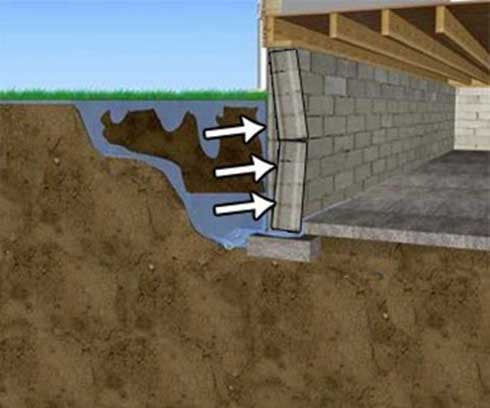
Things to look for when determining you may have water:
- Musty smell
- Damp or wet walls(mostly noticeable on concrete and cinder block walls)
- Wet in corner where foundation wall meets floor(most always a sign of failing footing drains)
- Water coming through cracks of concrete floor
- White residue on block walls which could indicate mold spores growing or could just be efflorescence
- Cracks in foundation walls

As noted before unseen water damage can created mold and mildew that grows rapidly that causes many different health ailments. These conditions usually go unseen and can cause a great deal of damage leaving your home unlivable and worthless without major mold remediation. Besides the potential structural damage to your foundation walls your quality of life could potentially be at stake.

Health ailments due to mold/mildew:
- insomnia
- memory loss
- trouble concentrating and confusion
- numbness in extremities
- respiratory problems
- fatigue
- allergic reactions(wheezing, runny nose, watery eyes, etc.)
- asthma attacks
- bronchitis

This article wasn't made to scare you but to realize the importance of drainage around your home and the potential damages it can possibly cause mostly always unseen. A few different drainage systems working in coordination can hopefully eliminate the headaches. Once damage is done it can be very costly to reverse the damage water can do.

